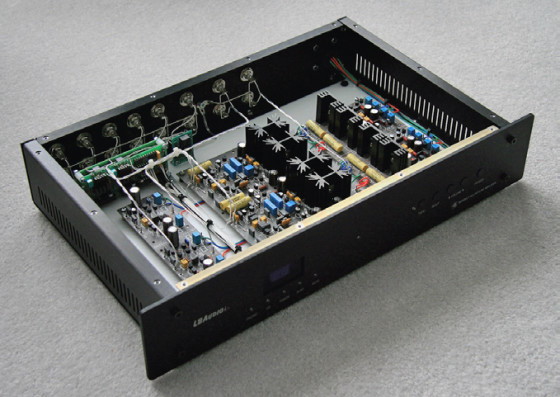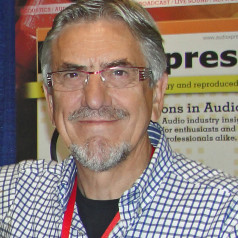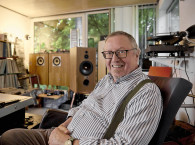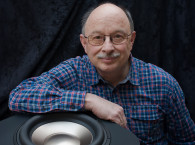The Borbely Annals - An Interview with Erno Borbely By Jan Didden
Originally Published by Multimedia Manufacturer in 2008 and audioXpress in March 2009

technology he coauthored while working in Norway.
Jan Didden: Erno, when we had our first contacts to prepare for this talk, you told me of the events during the early part of your life. Would you give us some background about that?
Erno Borbely: Well, I was born in that very unstable time, just before WWII, in the Hungarian village of Aszofö. Because I found some electronic parts during the war, I became interested in electronics and decided I would become an engineer. After two years at the Technical University of Budapest, I had to flee my homeland in 1956 when the Russian military invaded my country.
Initially, I managed to get to Austria. I spent a month in a camp until the Norwegian Student Organization offered me passage to Norway and admission to their Technical University in Trondheim.
Both the Austrians and the Norwegians were very friendly and helpful with the refugees. I arrived in Norway on Jan. 15, 1957, and after a short stay in a camp, we students were placed with Norwegian families and studied Norwegian at the University of Oslo from January to June. I was admitted to the Institute of Technology, University of Trondheim, and continued my studies there. I earned my master’s degree in electronics in 1960; my thesis was the design of an arithmetic unit for a CPU, with discrete Philips germanium transistors clocked at a phenomenal 250kHz! I worked at the electronics lab of the Institute until 1961, designing instrumentation for the lab. Then in 1961, I got a job at the Norwegian Broadcasting Corp. in Oslo as a design engineer. For the next eight years I designed studio equipment, both in tube and semiconductor technology.
I was also teaching sound engineering courses at the Broadcasting Corp. and at the Norwegian Engineering Society. I have written textbooks and co-authored a book on semiconductor technology in Norwegian. I became a Norwegian citizen in 1964 and married Irene in 1966.

the surroundsound produced with its QD-1.
EB: Well, I met David Hafler in Stockholm and he offered me a job at Dynaco in Philadelphia, and we moved there in 1969. Working with Dave was very interesting; I had to learn to design simple, inexpensive circuits which nevertheless sounded good! I designed the DYNATUNE circuit for the Dynaco FM-5 FM tuner, for which I received a US patent.
Another interesting development was the Dynaco QD1 Quadaptor. This was a passive quadraphonic unit that you put between the stereo outputs of your power amp, and then connected two additional speakers to the QD1, in addition to the regular speakers. The QD1 extracted some of the ambience sound hidden in the sum- and difference signals and sent that to the extra speakers.
Read the full interview here

using Welborne Labs’ input selector and attenuator with remote control.







